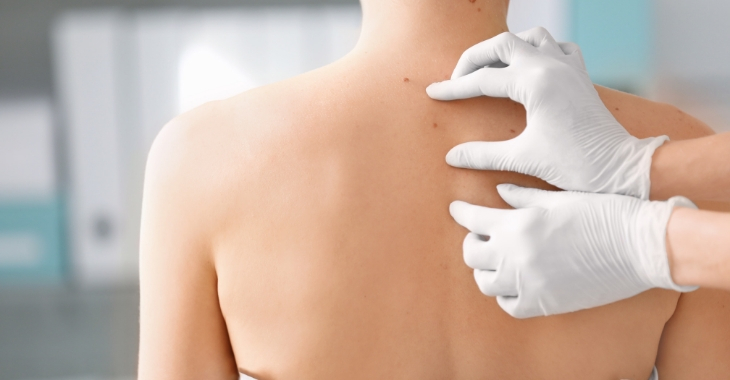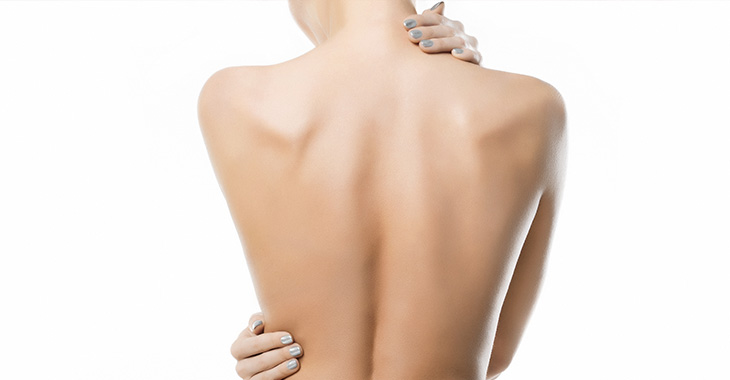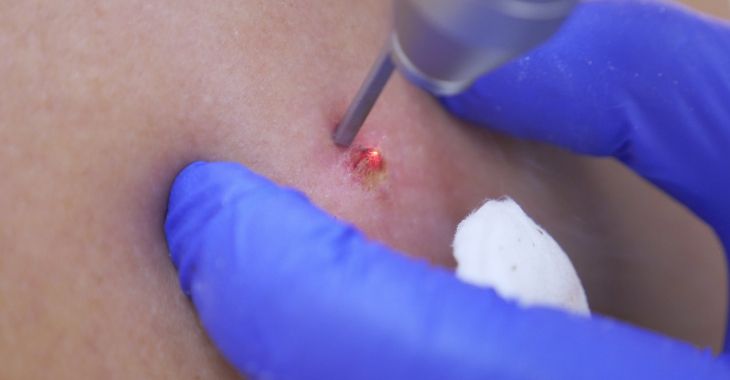Treatment for Angiokeratoma

It is important to see a doctor if you notice any changes to your skin as you age. Thankfully, not all growths that appear are malignant. Like warts or skin tags, sometimes skin changes just occur. A common skin growth that may be identified is angiokeratoma. Angiokeratoma is a common skin lesion that may appear over time. They are wart-like small spots that appear on the skin. They vary in size and color but they may be red or blue or black or just a slightly darker skin tone. Your doctor will test to be sure the lesion is angiokeratoma before treatment begins. Angiokeratoma are benign and not very noticeable if there is only one, but they can have the appearance of a malignant tumor, so testing is important. They may also cluster which can be more noticeable as it also changes the skin’s texture.
Angiokeratoma Removal
Patients with angiokeratoma may want them to be removed because of where there are and what they look like. Clothing may rub and cause irritation and bleeding. If the lesions are clustered, patients may want them removed for aesthetic reasons. If they are isolated, lesions can be removed by a doctor with a small incision to minimize scarring. Laser therapy can also be used to treat angiokeratoma. A multi-wavelength laser treats many different colors that the birthmark may present. Dermatologists and birthmark-removal specialists have the right tools to remove these lesions whether they are single spots or clustered.
See a doctor as soon as you notice any changes to your skin texture or spots on the surface. While it’s important to have spots checked immediately, there is also no need to be afraid. Your doctor will be able to tell you the best course of action to take.
Posted on behalf of:
The Vascular Birthmark Center Los Angeles
435 N. Bedford Drive, Suite 203
Beverly Hills, CA 90210
(610)301-4522
The information provided on this website, including text, graphics, images, and other materials, is intended solely for informational purposes and should not be used as a substitute for professional medical advice, diagnosis, or treatment.



)